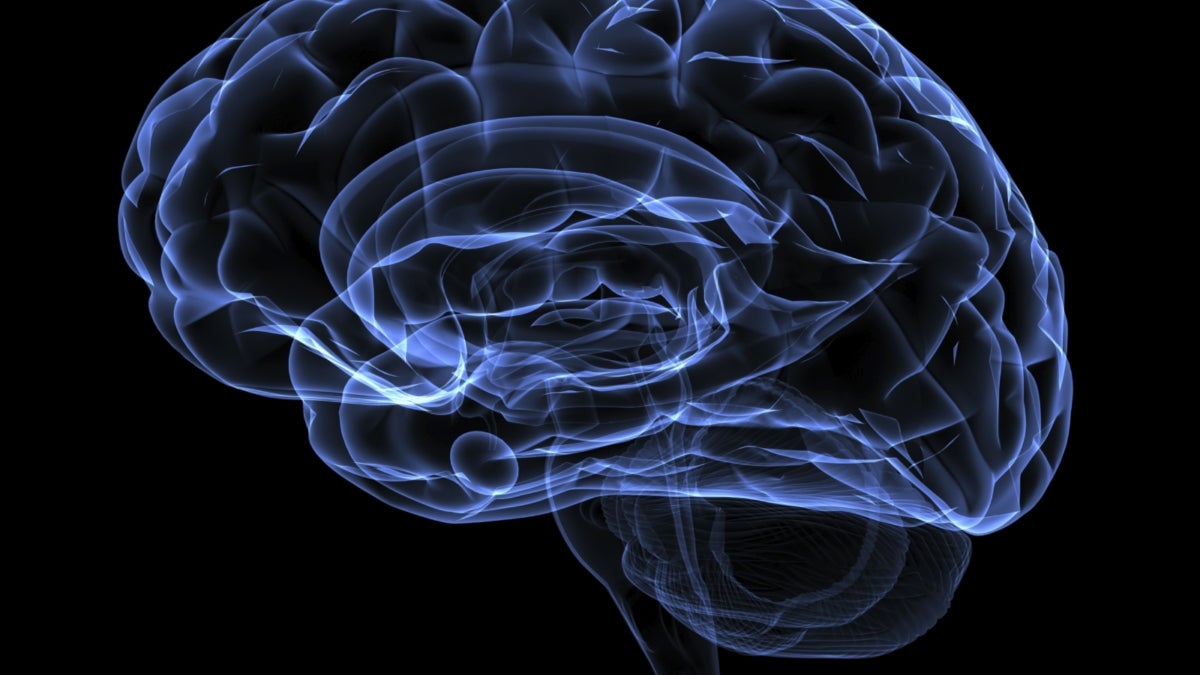Stephen Helms Tillery wants to make you smarter — by electrically stimulating your brain.
The Arizona State University neuroscientist has been awarded funding for a four-year study to develop a method of brain stimulation that may boost learning and retention up to 30 percent.
The money comes from the Army’s Defense Advanced Research Projects Agency, which is the bureau behind technology including GPS, the internet, stealth tech and drones.
The brain will be stimulated by a method called Transdermal Electrical Neuromodulation so it learns more quickly, more efficiently and with increased recall.
Certain neuromodulators — chemicals that affect transmission between cells — have broad physiological impacts such as arousal and attention.
“The one we’ll be focusing on is norepinephrine,” said Helms Tillery, an associate professor in the School of Biological and Health Systems Engineering in the Ira A. Fulton Schools of Engineering. “You can think of it as the big fight-or-flight hormone in the brain.”
If it’s 2 a.m. and you hear a door open in your house, you will be alert, processing information, making a decision and taking action. That’s norepinephrine working.
Sensory systems have access to the brain stem nucleus, the locus coeruleus, which releases norepinephrine.
“We think that nucleus can be accessed by activating the nerves that enervate our face,” Helms Tillery said. “We’re going to try to access that nucleus by activating these nerves.”
Helms Tillery will be looking for changes in behaviors in restricted circumstances, doing facial recognition, sensory motor mapping (responding to a visual signal with an action directed toward that signal) and sensory processing.
“There is some evidence your senses can be sharpened using the same mechanisms,” he said. If you give some kind of stimulation, like a touch, a sound or a flash of light, there is a change in electrical activity that can be measured in the brain.
“We’re going to see if we can change that electrical signature by pairing it with this cranial stimulation,” Helms Tillery said.
He will record areas in the brain related to vision, perception and decision-making.
“We’ll see if we can change the physiology of those areas with the stimulation,” he said.
DARPA wants to see a 15 percent increase in performance in the first three years and a 30 percent increase in the final two years of the project.
To quantify that, Tillery is teaming up with a group at the Air Force Research Laboratory who studies drone teams. As brain-stimulation techniques are developed, Helms Tillery will be working with them to improve the drone teams’ performance.
He will also be working with the U.S. Army Research Institute of Environmental Medicine in Boston. They have an elaborate virtual shooting range with carbines that fire pneumatically, so they feel and fire like a real weapon. Most of the performers who come through the program are high-level marksmen. Improving their performance is difficult. The Army has been doing studies with sleep deprivation, to deck their performance.
“We’ll see if we can amp it back up, for example,” Helms Tillery said. “The more likely scenario is that we’ll bring novices into those environments and teach them to operate in those environments and see if they can improve.”
More Science and technology

ASU postdoctoral researcher leads initiative to support graduate student mental health
Olivia Davis had firsthand experience with anxiety and OCD before she entered grad school. Then, during the pandemic and as a result of the growing pressures of the graduate school environment, she…

ASU graduate student researching interplay between family dynamics, ADHD
The symptoms of attention deficit hyperactivity disorder (ADHD) — which include daydreaming, making careless mistakes or taking risks, having a hard time resisting temptation, difficulty getting…

Will this antibiotic work? ASU scientists develop rapid bacterial tests
Bacteria multiply at an astonishing rate, sometimes doubling in number in under four minutes. Imagine a doctor faced with a patient showing severe signs of infection. As they sift through test…
